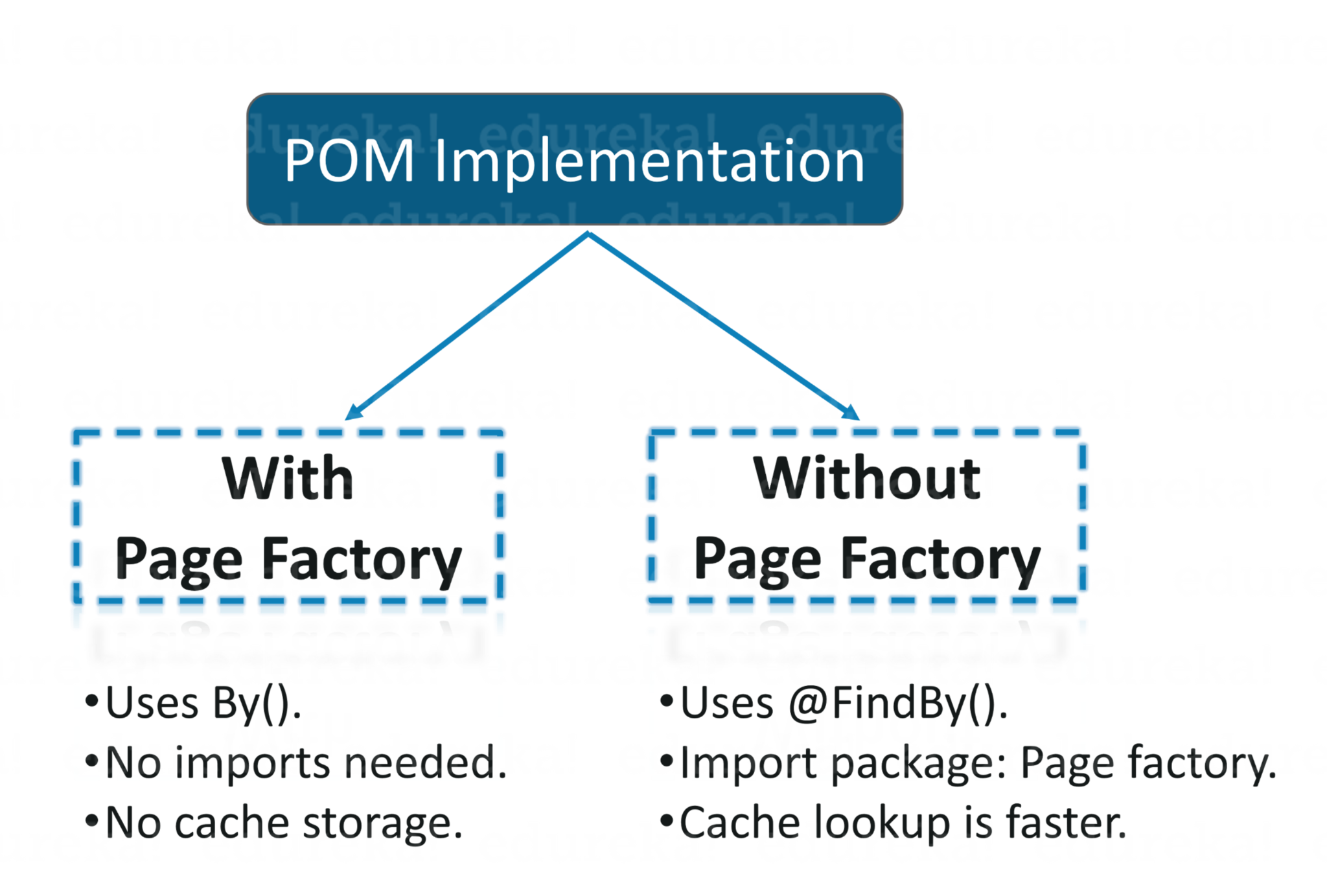What is Defect Life Cycle?
DEFECT LIFE CYCLE or Bug Life Cycle is the specific set of states that a Bug goes through in its entire life. The purpose of the Defect life cycle is to easily coordinate bug status changes to various assigners and make the bug fixing process systematic.
Bug Life Cycle Status
The number of states that a defect goes through varies from project to project. Below life-cycle diagram, covers all possible states
New: When a new defect is logged and posted for the first time. It is assigned a status as NEW.
Assigned: Once the bug is posted by the tester, the lead of the tester approves the bug and assigns the bug to the developer team.
Open: The developer starts analyzing and works on the defect fix.
Fixed: When a developer makes a necessary code change and verifies the change, he or she can make bug status as "Fixed."
Pending retest: Once the defect is fixed the developer gives a particular code for retesting the code to the tester. Since the software testing remains pending from the testers end, the status assigned is "pending retest."
Retest: Tester does the retesting of the code at this stage to check whether the defect is fixed by the developer or not and changes the status to "Re-test."

Verified: The tester re-tests the bug after it got fixed by the developer. If there is no bug detected in the software, then the bug is fixed and the status assigned is "verified."
Reopen: If the bug persists even after the developer has fixed the bug, the tester changes the status to "reopened". Once again the bug goes through the life cycle.
Closed: If the bug is no longer exists then tester assigns the status "Closed."
Duplicate: If the defect is repeated twice or the defect corresponds to the same concept of the bug, the status is changed to "duplicate."
Rejected: If the developer feels the defect is not a genuine defect then it changes the defect to "rejected."
Deferred: If the present bug is not of a prime priority and if it is expected to get fixed in the next release, then status "Deferred" is assigned to such bugs.
Not a bug: If it does not affect the functionality of the application then the status assigned to a bug is "Not a bug".







